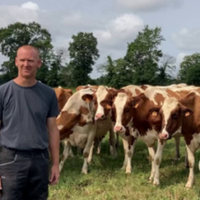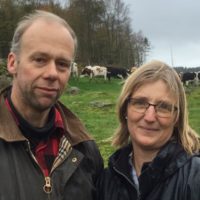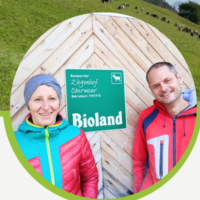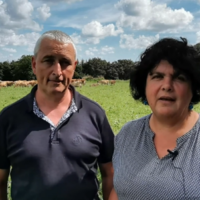Implementation of short-sward rotational grazing on steep terrain
Helmut PREMSTALLER – Improvement of grassland management
PDF Practice abstract (english)
Description
Practice abstract
Managing pastures on steep slopes presents a dual challenge for farmers: minimizing erosion damage while ensuring mechanical workability despite treading damages caused by cows.
At the Premstaller family’s Ötzerhof farm in Durnholz, South Tyrol, the cows graze on areas with an average slope of around 50%. It is also important for the farmers to have a suitable land management that will enable the mowing of the steep grasslands.
The compartmented short sward grazing system enables the farmers to guide the animals precisely across the area. This does not only promote effective grazing management, but also facilitates the constant regeneration of the grass. During rainy weather, less steeper paddocks can be used. Implemented trough hourly grazing with the animals returning to the barn to ruminate and rest, this system preserves the land, prevents the formation of lying patches, and mitigates problematic nutrient loads.
The choice to use the Tyrolean Grey cattle breed, a local breed adapted to the alpine conditions with the ability to produce milk under limited resources, is crucial for grazing on steep slopes.
For the Premstaller family, the main advantage of grazing on steep slopes is that the animals are farmed according to the guidelines of organic farming. Additionally, high-quality feed is provided from the farm’s own grassland. This means that the farm has significant savings on expenditures for the purchase of concentrated feed (30-50%).
Context profil

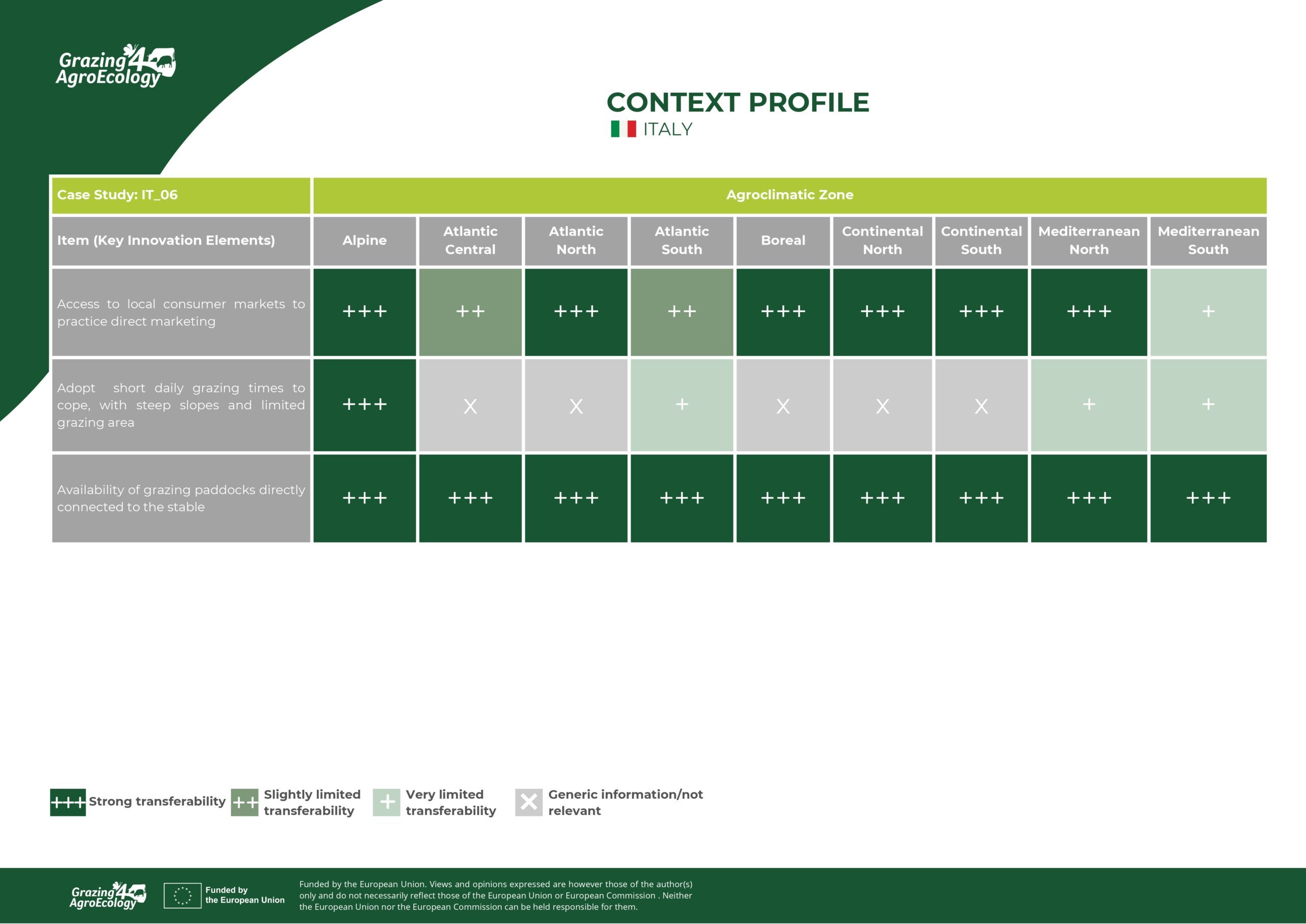
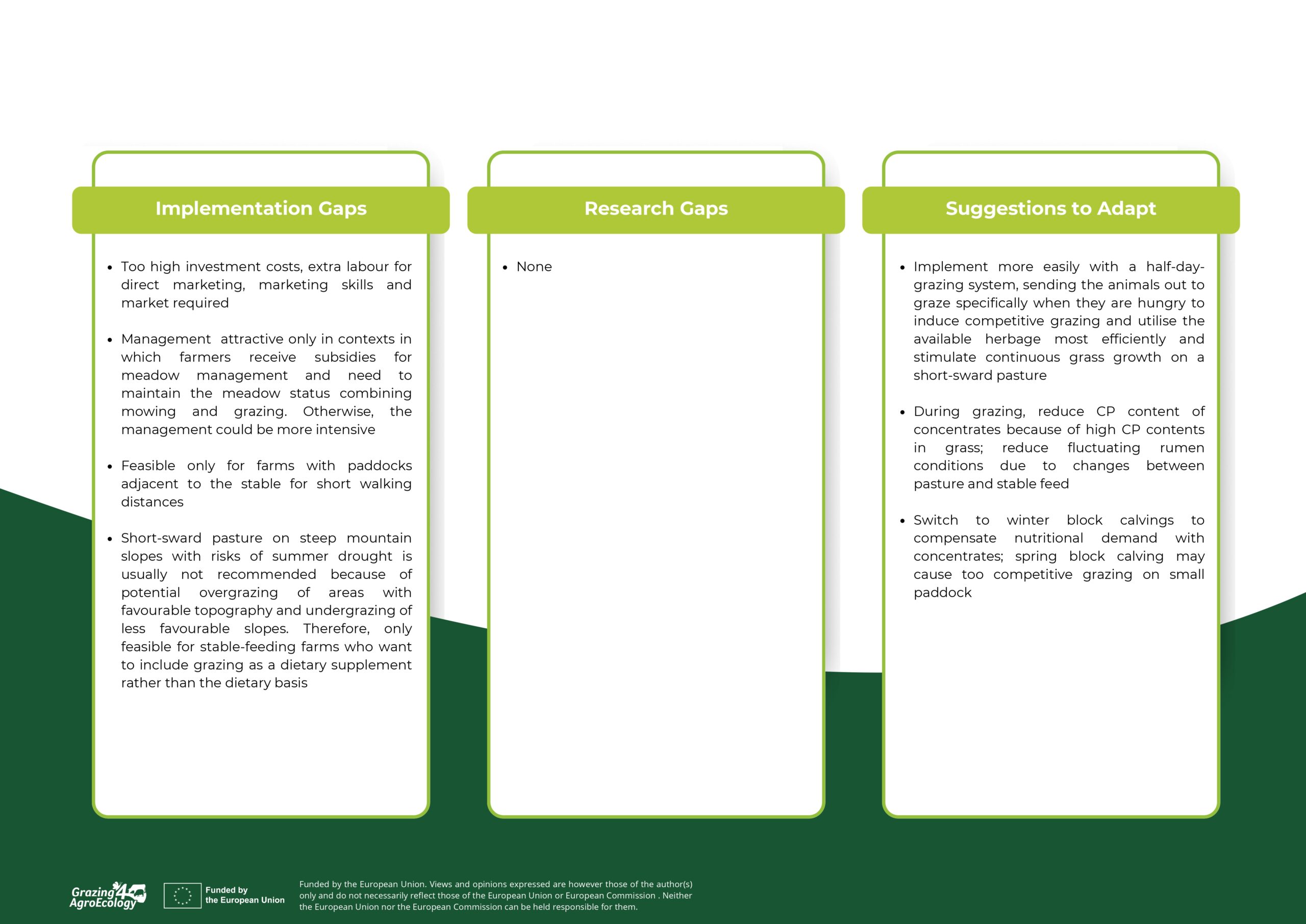
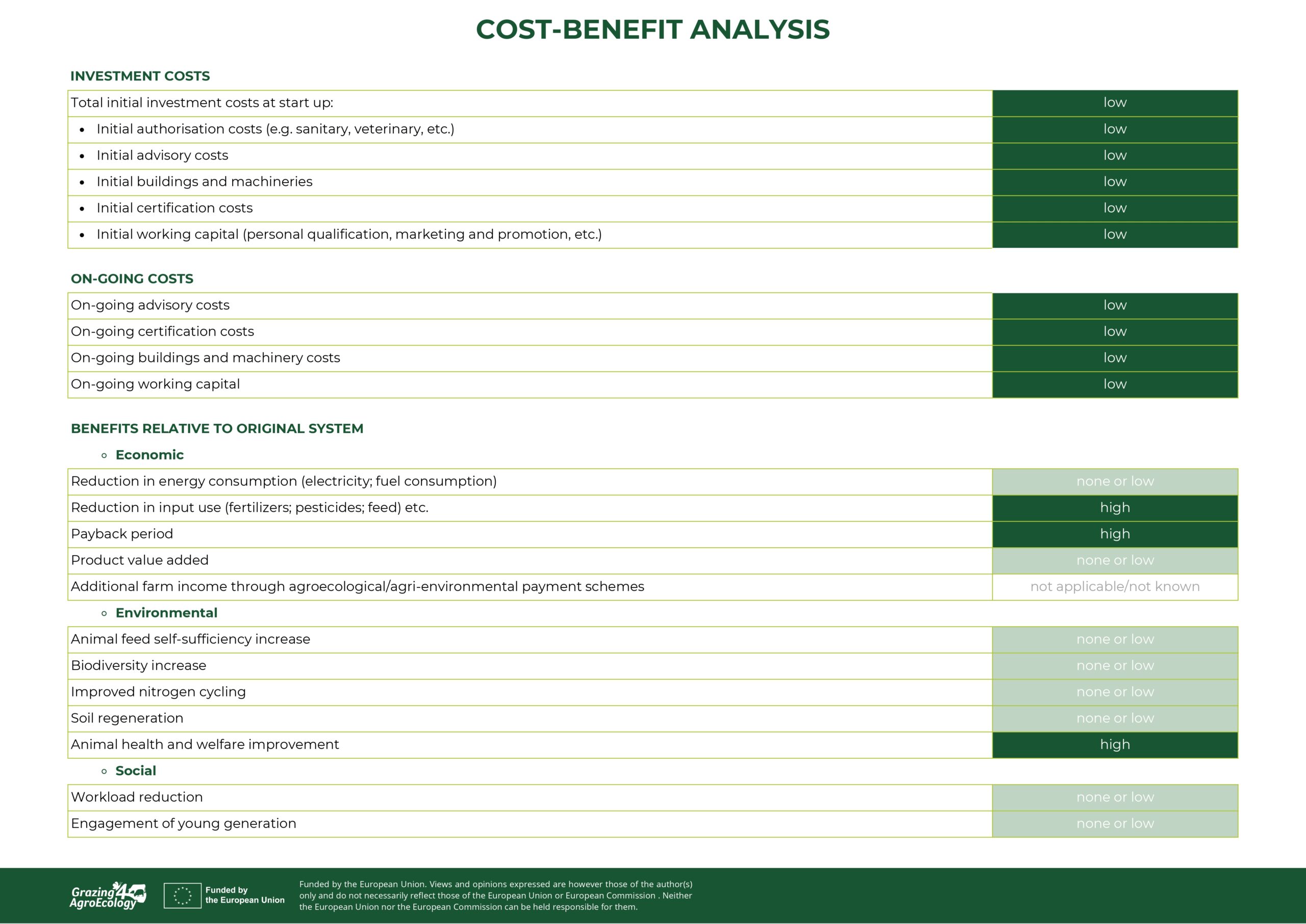
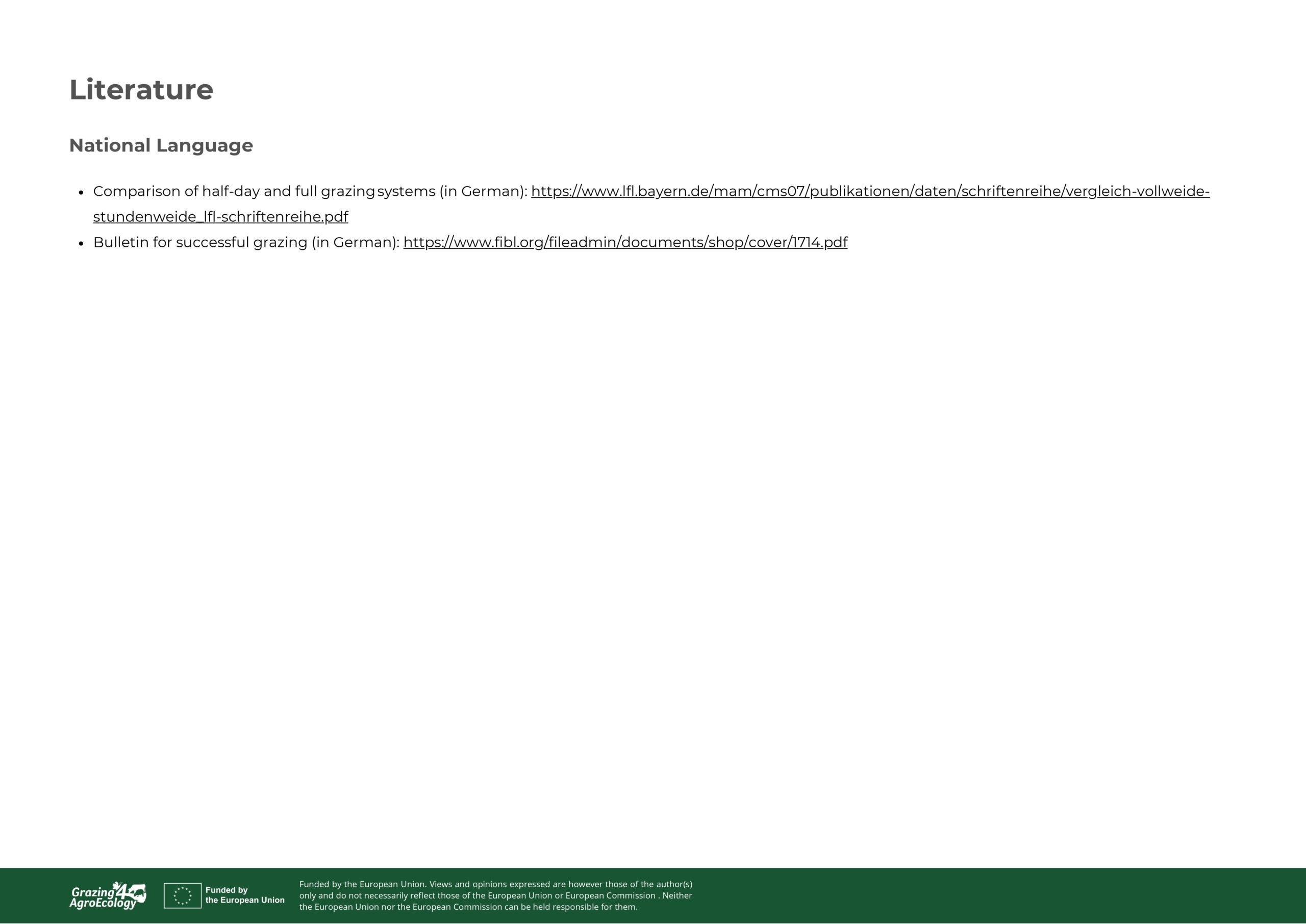
Additional information
| Main domain of innovation | Improvement of grassland management |
|---|---|
| Agroclimatic area | Alpine |
| Climate | Little rainfall |
| Soil Type | Sand |
| Management | Pasture dairy |
| Technical | Easy |
| Finance/investment | Low |
| Market | Local-rural |
| Social | Part-time farmer |

